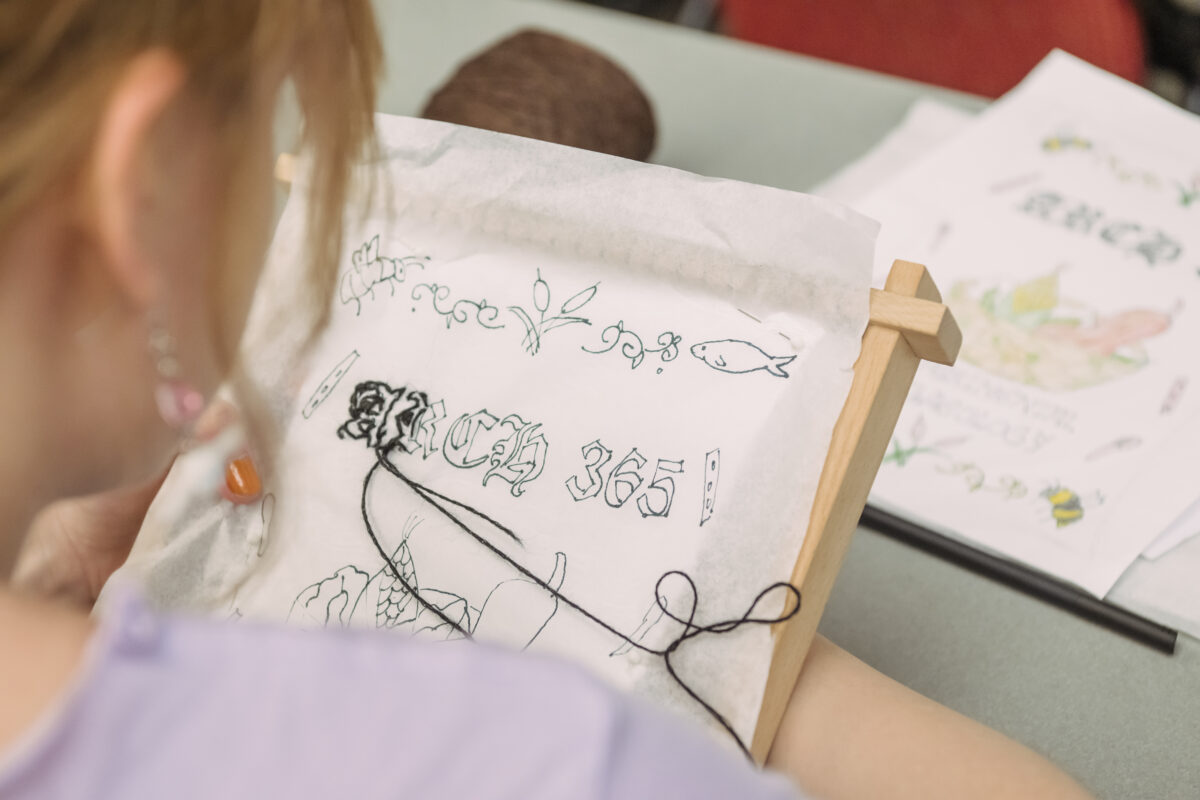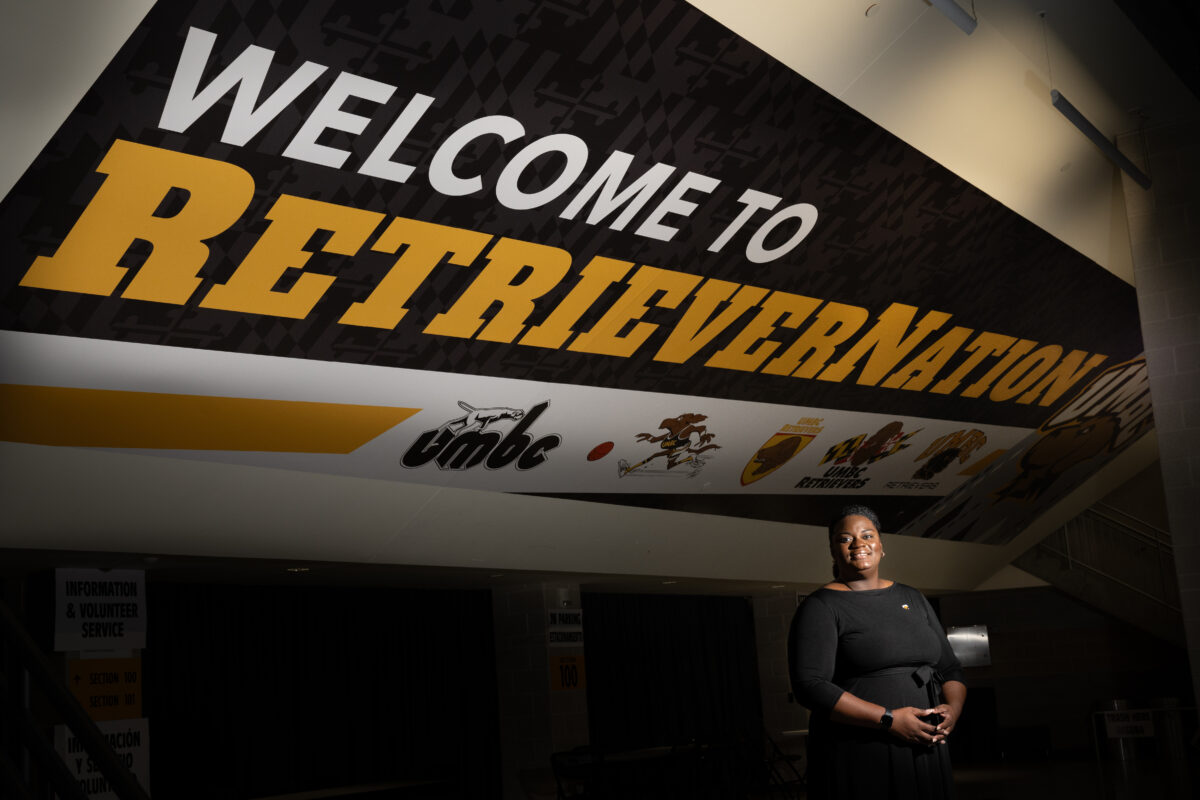Helping to Save the “Other Bay”
While Mid-Atlantic residents are often reminded to preserve the beauty and health of the Chesapeake Bay, Assistant Professor of Civil and Environmental Engineering Upal Ghosh recently did some hard-hat meets high-tech fieldwork to help protect the West Coast’s most famous bay from cancer-causing pollutants.
Polychlorinated biphenyls (PCBs), carcinogenic chemicals often found in waterways near cities and industrial areas, are at the heart of Ghosh’s research. Commercial fishing is banned in the San Francisco Bay due to high PCB levels in the fish. Many other U.S. port areas are in a similar state, including the Chesapeake Bay watershed, where PCB contamination has caused warnings against eating fish from most major rivers.
Ghosh helped develop an innovative approach to sediment clean-up that trades a white lab coat for a hard hat and wading boots. His technique uses a heavy-duty machine—the AquaMog—as a sort of underwater rototiller to mix activated carbon into contaminated Bay sediment.
“This process binds up the PCBs into the carbon, making them less available to bottom-dwelling organisms and fish and less likely to escape into the surrounding waters,” said Ghosh. “It’s the first time researchers are doing this in a large area using heavy equipment.”
The U.S. Department of Defense (DOD) and the U.S. Navy supports ongoing evaluation of the technology. To test the process, the team exposes caged clams in the sediments and then measures their PCB uptake. Ghosh also checks the water quality at treated sites to monitor PCB levels being released into the Bay watershed.
The San Francisco Bay project is a collaboration with Stanford University faculty and the U.S. Army Corps of Engineers. Ghosh and Richard Luthy, professor of civil and environmental engineering at Stanford, have a patent pending on the technology application.
The research team was recently awarded a project by the DOD to do a more extensive pilot demonstration study at the same site. Ghosh also receives funding from the Environmental Protection Agency to test the technology on freshwater sediments from areas of environmental concern near the Great Lakes.
“I’m excited that a technology I conceived five years ago is now going into field trial,” said Ghosh. “There is a great potential to revolutionize the way we clean up contaminated waterways in the future.”
For more details about these and other research projects at UMBC, watch the home page for the debut of a new online home for UMBC research. If you know of UMBC research projects with a positive impact on people’s daily lives, please e-mail information to researchnews@umbc.edu.
12/13/2004



